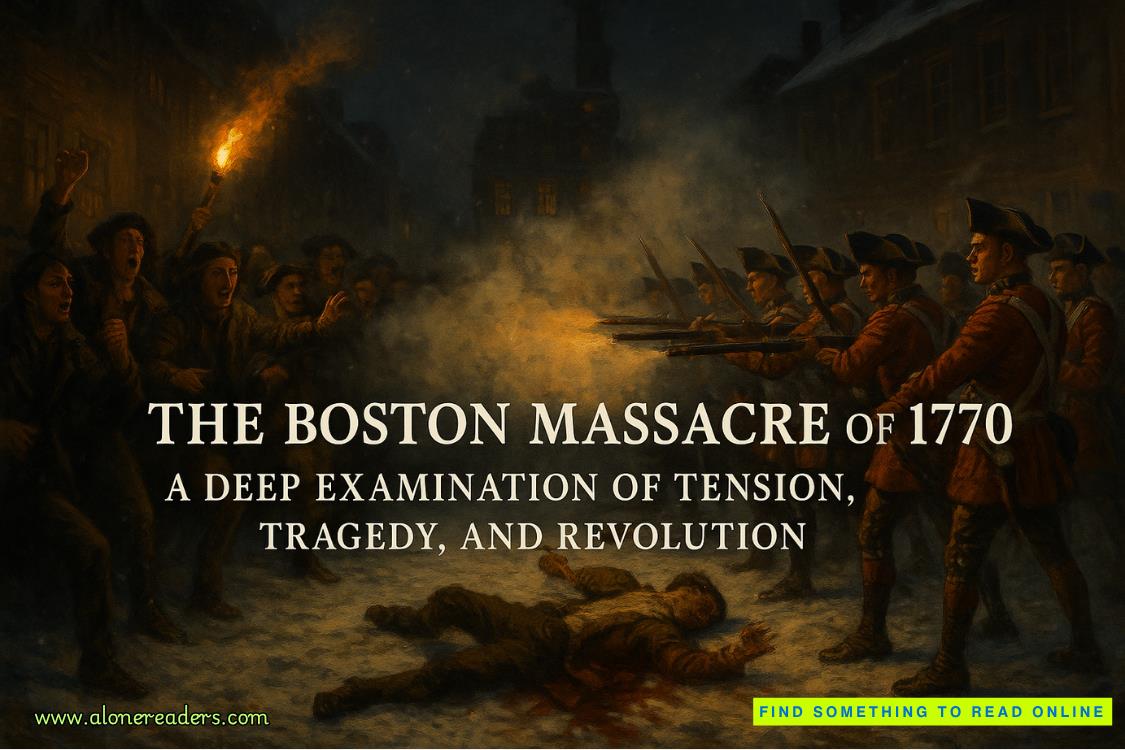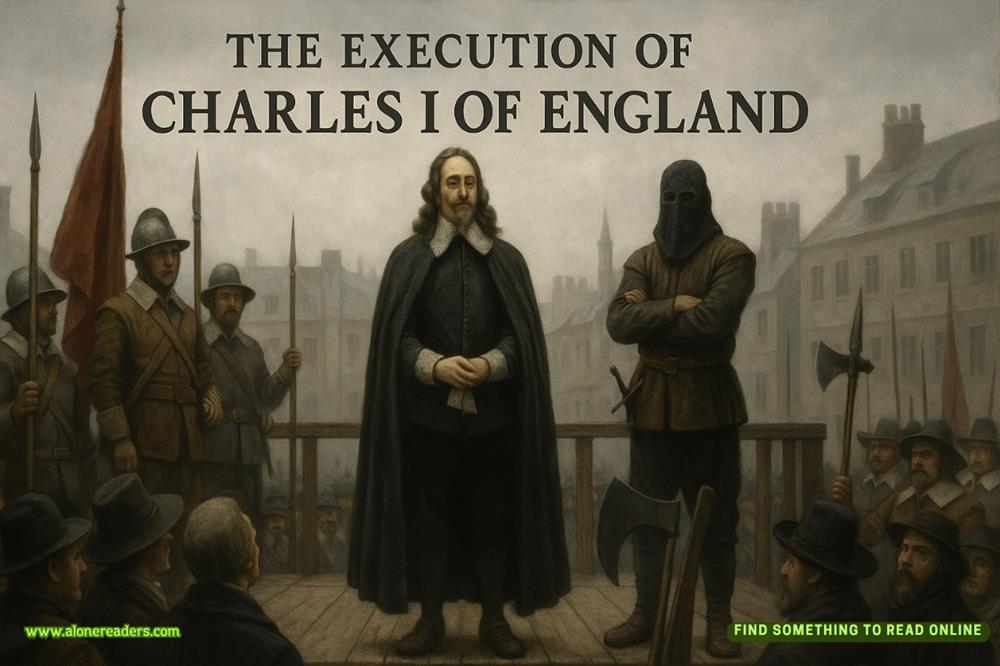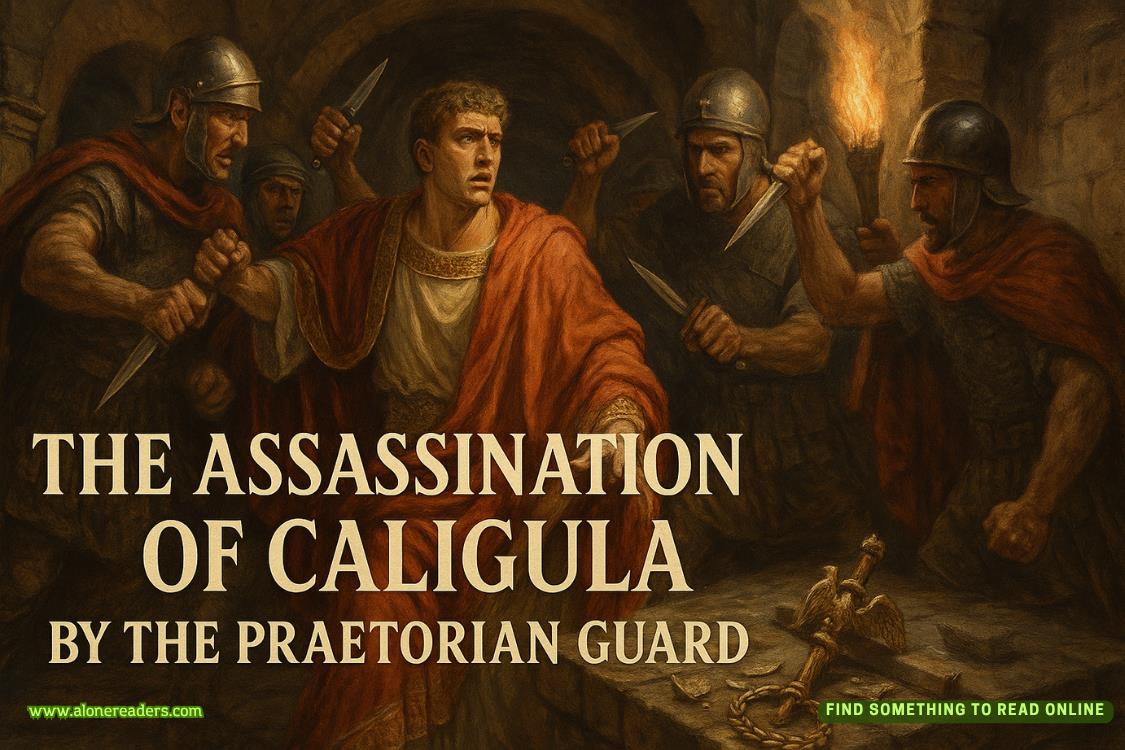Page 37 of Tomb of the Sun King
Her rope slipped lower, bumping her against the wall of the shaft again, and finally her boots swung out into the open air. The rest of her followed, bringing the final sacred room of the tomb complex into view.
The burial chamber was perhaps twelve feet long and a little less wide. It was also a mess.
Plaster boxes of ox bones lay smashed in piles, mingling with rotted bundles of linen. Broken sticks of furniture stuck up from the debris beside sharp-edged shards of shattered vases. The destruction was mounded in piles halfway up the walls—and yet Ellie could already pick out treasures that had survived.
A beautifully carved ebony walking stick. A huntsman’s bow, still strung, beside an overturned quiver of arrows. More shabtis, their placid faces gazing out at her from amid the dusty tatters of old robes.
The tomb was covered with artwork. Murals of scenes from Horemheb’s life—then a general in the service of Tutankhamun—intermingled with the usual excerpts from the Book of the Dead.
One of the walls featured a grand depiction of the twelve great gods of the afterlife overseeing the weighing of the heart of the deceased. The great black mouth of a tunnel braced with ancient, unsteady-looking beams had been cut into the heart of the mural.
“I suppose we know how the thieves got in,” Ellie observed as she released the rope and dusted off her skirt.
“And who they robbed,” Mr. Al-Ahmed added, his tone reverent.
Neil’s foreman had quietly but firmly insisted on being the first to descend into the burial chamber, hoping to identify any vulnerable objects and keep the rest of them from coming too close. Thankfully, the ancient thieves had left an area of the center of the floor fairly clear of debris, which meant that they were able to enter the room without crushing priceless pieces of the historical record under their boots.
Neil had followed after Mr. Al-Ahmed, and the two men now crouched over an area of rubble to Ellie’s left. As she joined them, she realized that they were gazing down at a jumbled set of bones.
The remains were terribly old and looked as though they had been unceremoniously dumped from their coffin, pieces of which lay in a splintered, dusty mess nearby. The skeleton was still partially articulated. Enough scraps of the wrappings remained to show that the body had been mummified. The rest had been callously unwound, likely by looters searching for the charms and amulets that would have been carefully positioned around the deceased.
“It’s not Horemheb, presumably,” Ellie deduced. When the great general was made pharaoh, he would have abandoned this tomb at Saqqara to build a new one among the other royals in the Valley of the Kings.
“It’s Mutnedjmet,” Neil replied automatically without taking his eyes from the bones. “His wife.”
“We suspected she might be here,” Mr. Al-Ahmed filled in. “The Valley of the Queens only routinely came into use for the burial of great royal wives during the Nineteenth Dynasty.”
“But how do you know it’s really her and not someone else?” Constance pressed, peering over Ellie’s shoulder.
Ellie had been so focused on the bones, she hadn’t heard her friend climb down.
Neil blinked as though coming out of a daze. “I…”
Mr. Al-Ahmed reached out with the tip of his pen and tilted up a piece of the shattered coffin. “There’s her cartouche,” he said, peering at the circled hieroglyphs on the underside of the wood.
“Well, those thieves were a batch of cads, tossing her around like that.” Constance straightened, brightening. “What are we looking for?”
Neil stiffened, and Mr. Al-Ahmed looked uncomfortable. Ellie couldn’t blame them. She was feeling rather uncomfortable herself. She was too much of a scholar not to sense the wrongness of what they were doing—barreling into a vulnerable and important archaeological site without taking the time to properly survey and catalog each step of the way. It made her feel far too much like the Roman bounders who had tossed Mutnedjmet’s bones onto the floor.
But there simply wasn’t any time to do things properly—not with Dawson on their heels. Too much was at stake for Ellie to let the professor and his handler get their hands on whatever secrets this tomb held.
“I… can’t say exactly,” Ellie admitted awkwardly. “But I do have a theory.”
Behind her, Adam slid down the rope from the shaft, his boots landing solidly on the carved stone of the burial chamber floor. He cast an assessing look over the jumble of toppled furniture and broken artifacts stuffed against the walls of the room.
“Hold on!” Neil stiffened, turning on her. “This burial chamber was only meant to be entered after careful clearing and documentation of all the proceeding chambers—and even then, I was explicitly instructed not to open it without the presence of the designated representative of the British Athenaeum, the organization that is providingevery centof the funding that makes this excavation possible! This entire dig depends upon maintaining their approval and goodwill, and now you tell me that I am risking all of that on atheory?”
“Well, it’syourtheory!” Ellie snapped back.
Neil’s eyes widened with surprise. “It is?”
“The one about the possible connection between the Egyptian cult of the Aten and the later emergence of monotheistic religion in the Levant?” Ellie clarified impatiently.
“What’s an Aten?” Constance asked, leaning down for a closer look at an ancient beaded sandal.
“Well, it was originally another aspect of the god Ra, represented by the golden sun disk,” Ellie eagerly rattled off. “But it began to rise in prominence as a deity in its own right during the reign of—”
“What do you mean?” Neil cut in urgently. “What does this have to do with monotheism and the Aten?”















